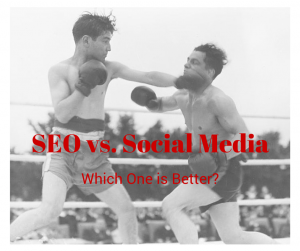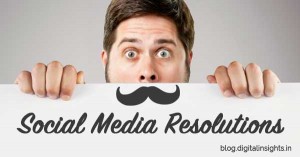 We all want to get the best bang for our buck. The highest MPG. But determining where, when, and how to share your latest video isn’t easy. Do you go to YouTube, the biggest platform? Snapchat, the undervalued and underused platform? Vimeo, the high-quality platform? Facebook? Instagram? Twitter? Vine? Periscope? Meerkat?
We all want to get the best bang for our buck. The highest MPG. But determining where, when, and how to share your latest video isn’t easy. Do you go to YouTube, the biggest platform? Snapchat, the undervalued and underused platform? Vimeo, the high-quality platform? Facebook? Instagram? Twitter? Vine? Periscope? Meerkat?
As content creators, we have a LOT of choices. And each platform has its own unique set of benefits and drawbacks. Ultimately, one of the most important factors to consider is engagement – especially if you’ve spent a significant amount of time, money, and creativity on your video.
Need-to-Know Info: Native Facebook Videos
So, where will you find the best social video engagement? Facebook, suggests social thought leader Gary Vaynerchuk. These days, Facebook doesn’t get the same buzz it once did. New methods of content delivery – like those offered by Periscope and Meerkat – and mobile-first platforms – like Snapchat and Instagram – tend to get more headlines.
However, Facebook isn’t about to go away anytime soon. As Gary points out in his new SlideShare (a “state of the union” on social video), “Facebook is making a play to become a video platform, and that means Facebook’s Newsfeed algorithm is placing an enormous amount of weight on videos (which translates into organic reach).”
Furthermore, Facebook has a fairly new direct-response video ad product, which includes built-in CTA buttons. Creating the connection between video and sale couldn’t be any more clear.
Why Use Facebook Video?
- Native Facebook videos account for only 5% of the platform’s content.
- Yet Facebook wants to be a video platform. So, they’re cutting deals to brands willing to publish native video. (Fact: MTV and GoPro are two brands that posted more Facebook videos than YouTube videos in 2014.)
- Native Facebook videos receive excellent organic reach and engagement.
- Facebook marketers currently spend the most money per post on video.
- “Facebook is sitting on an enormous amount of targetable consumer data,” writes Gary. No other platform currently offers the level of targeting that Facebook does.
- Users are already on Facebook – not necessarily with the intent of watching your video. And yet… they do watch your video. This is huge. YouTube videos are only seen by people who go to YouTube with intent (and, of course, those whose friends share the video). With Facebook, however, advertisers can create, publish natively, and then boost the post so that it automatically plays in front of their target audience. No other platform offers this ability!
As Gary says, “YouTube should honestly be scared.”
If You Want to Understand Social Video Engagement, Don’t Miss This.
We highly recommend viewing the full SlideShare for yourself, in which Gary expertly sums up the state of social video engagement. Check it out for a better understanding of the importance of audience-targeting, “intent,” and engagement.
Does Your Brand Use Video? Why or Why Not?
Here are 23 reasons why I would encourage you to start using video – if you aren’t already.
(123)
Report Post







